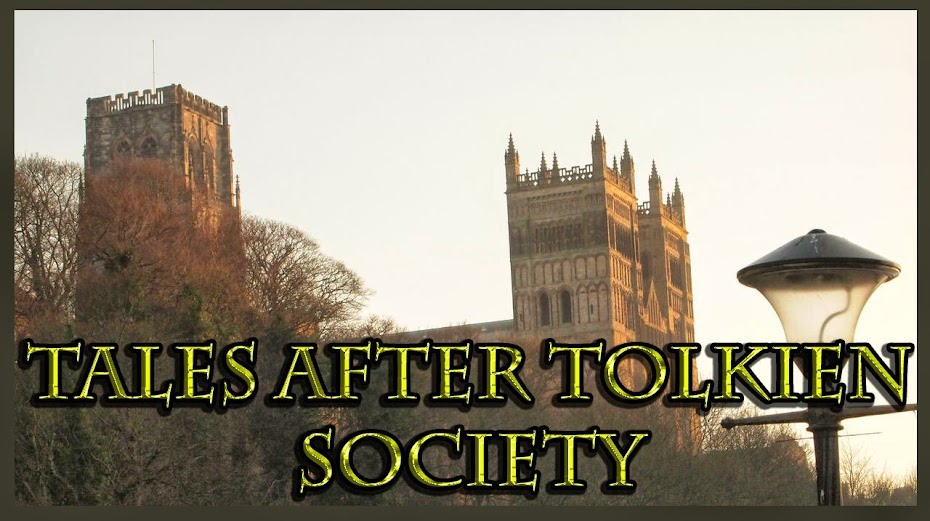𝔗his one's going to take a while.
My opportunities to watch things are somewhat limited, as might be expected. Most of them involve time with family, and, since part of that family is a daughter who, as I write this, is seven years old, there are certain...limitations on what I can get away with. The others involve down-time at my workplace, where there are even more limits, despite my being in the position I'm in. (It's outside academe, but even were I still seated in the ivory tower, there would be limits to what I could watch at work, even were I writing about it.) So it should not be a surprise that a lot of what I have been able to re/watch here has focused on family-friendly and children's materials, nor should it be a surprise that it would continue to be so.
It's not a secret from my family that I do translate what we end up watching into such work as I still do; I've said as much to them, and they've seen me at work at it. It's also not a secret that my wife and I met in graduate school; we tell people, and with no small truth, that we fell in love over early English noun declensions, having gotten to know one another as we sat together for a class on Beowulf. Consequently, she knows what I do, and she occasionally makes recommendations for what I might treat next. I value her opinion, of course, and when she started watching again a series she's started watching while we lived in New York City, and she commented that I might look at its mis/use of the medieval/ist, I agreed that it might be a good thing to do.
A few things have happened in the interim, though, and it is only recently that she made the comment again, this time while I am not currently engaged in another project. Thus, moving ahead, I'll be turning my attentions to the ABC series Once upon a Time. As a seven-season series running to some 155 episodes, I'll be on the project for some time, and that's fine; it's good to have work to do. I'll likely intersperse it with other commentaries, because there's a lot of other stuff to attend to, but the main thrust will be on the series until I get done.
As ever, of course, the blog is happy to accept commentary and guest submissions; send them to talesaftertolkien@gmail.com, and welcome!
 |
| It's not as clear as other posters, for example... The series poster from Disney+, used here for commentary. |
Read the next entry in the series here!



